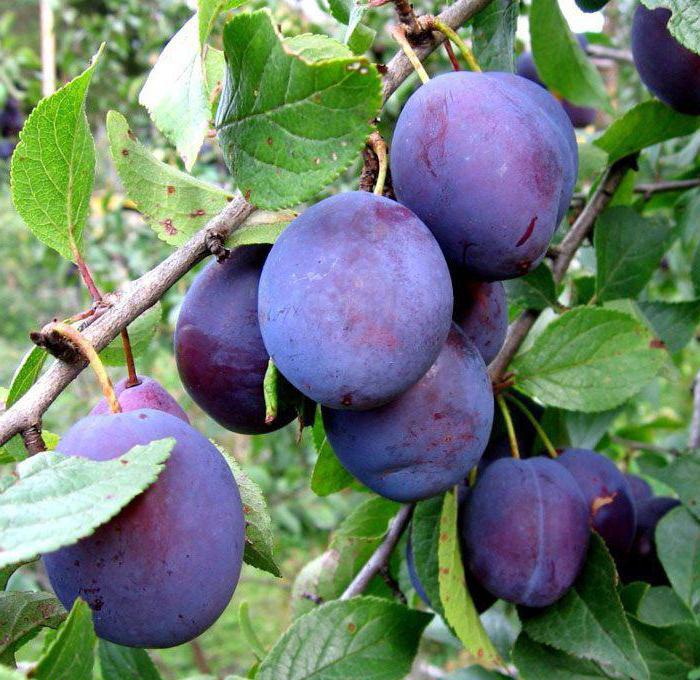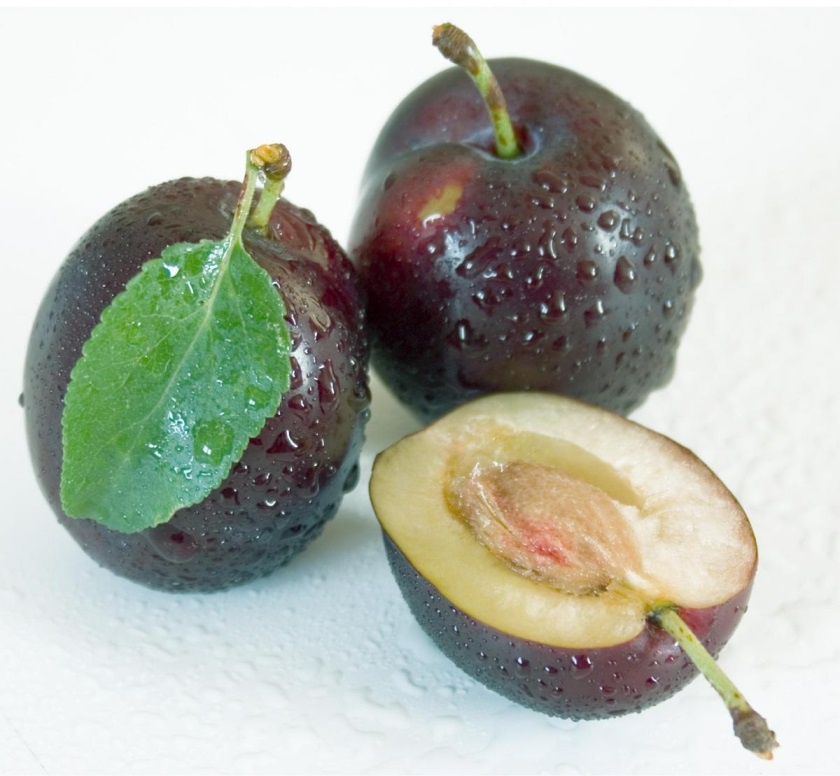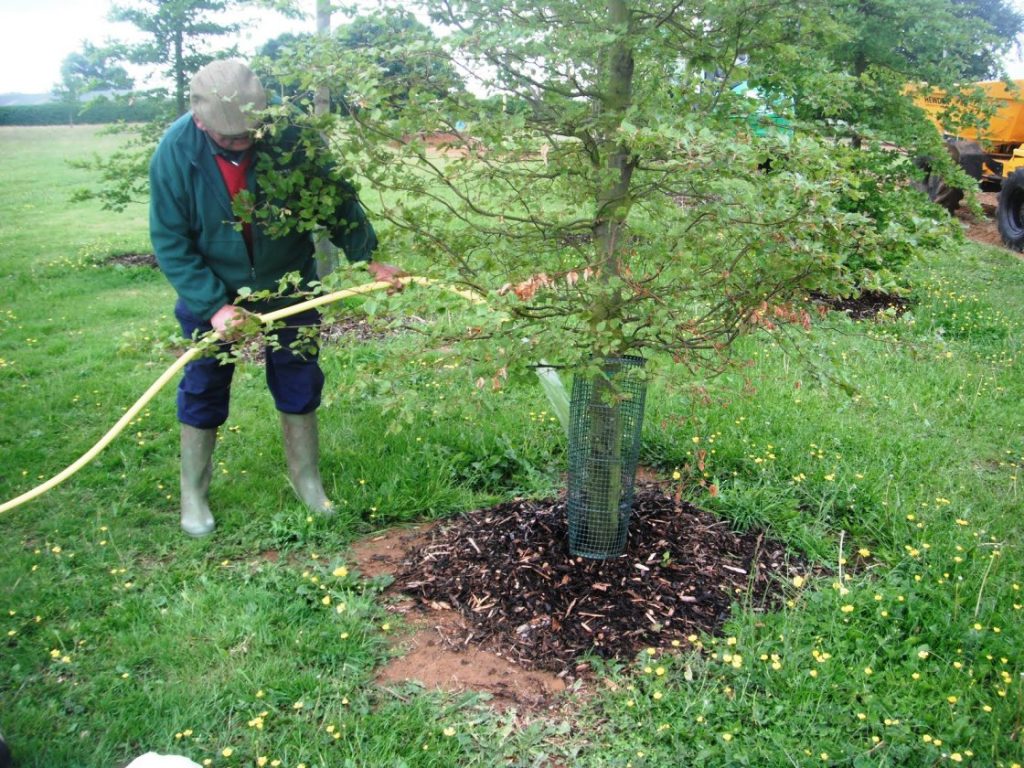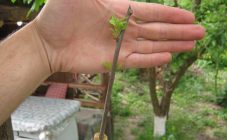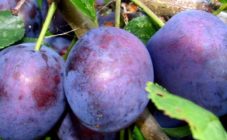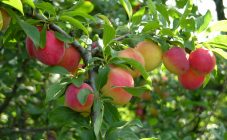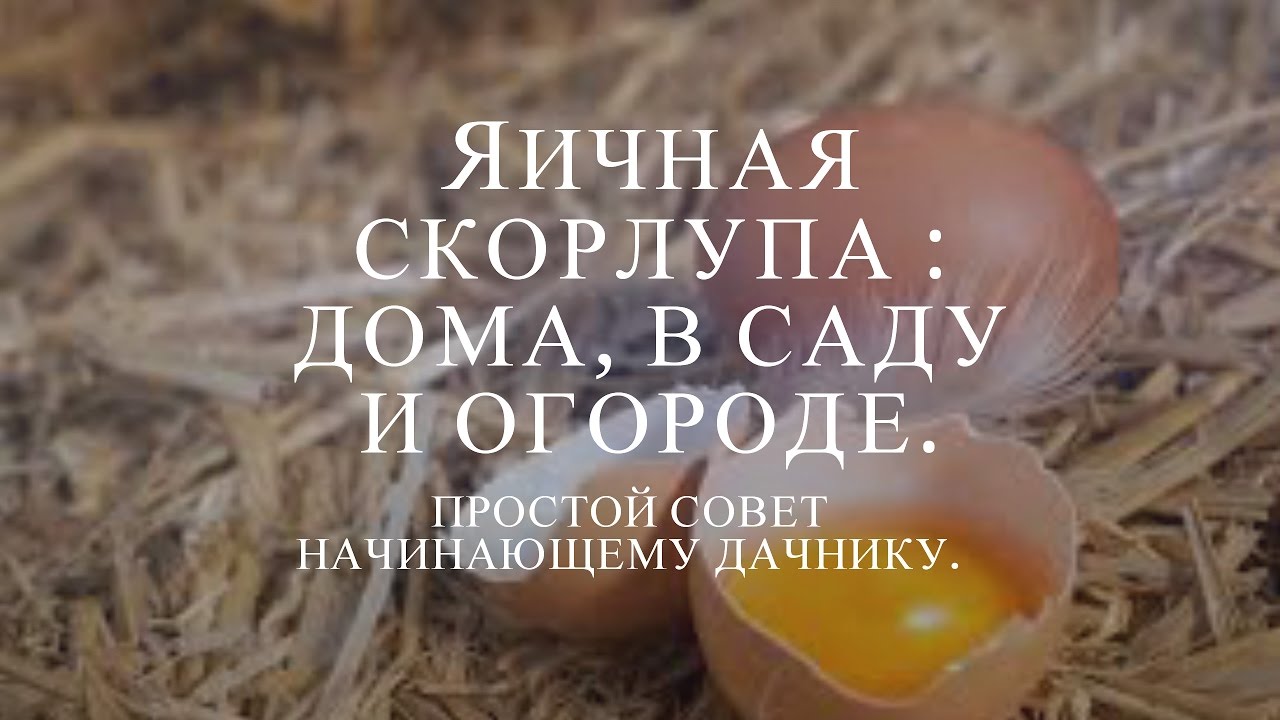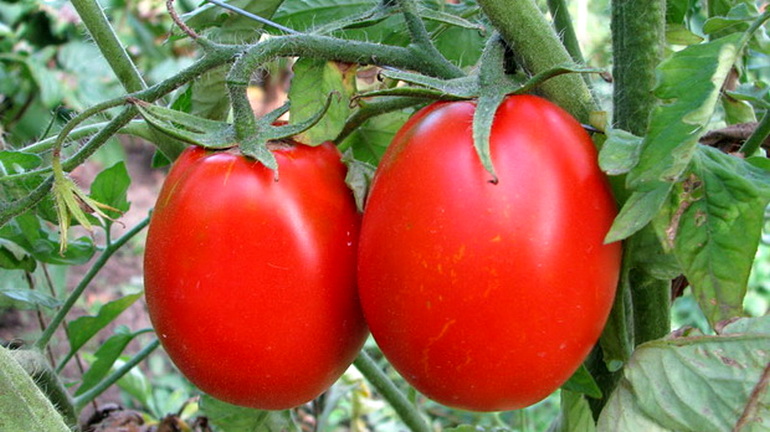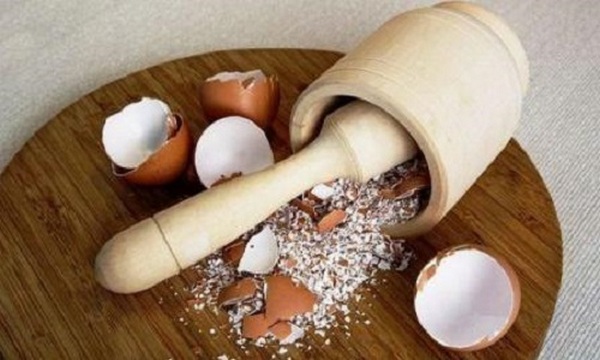The popularity of the plum can hardly be overestimated. The versatility of the use of mature fruits has given wide distribution to this plant in the territory of the Russian Federation. Choosing blue varieties of plums, gardeners rely on such properties of the tree as self-fertility and high resistance to frost periods.
Egg blue plum was obtained in the mid-80s in Russia by hybridizing varieties such as Skorospelka Krasnaya and Renclode Williams. The resulting hybrid was so successful that it is still a success. The variety is recommended, according to the State Register, for cultivation in the Central regions of Russia. The new variety of plums has gained popularity abroad: in Belarus, Moldova, Ukraine and the Baltic countries.
Main characteristics
For the Egg Blue plum, the description should start with the growth of the tree. One of the distinguishing features of the variety is its size. A mature tree can reach 6 meters in height. The spreading crown is characterized by medium density and foliage. The trunk and shoots are dark brown. The buds are medium, located at a slight angle to the branches. The tree has a long lifespan of 25-30 years.
The leaves are deep green in color. Elongated oval, cast with a glossy wrinkled surface. No pubescence, single-toothed leaf margins.
The flower petals are oval, not closed, the stamens and stigma of the pistil are at the same level. Cup-shaped calyx with a bare peduncle of medium length. Flowers are white, arranged in small clusters. Flowering occurs in mid-May. The self-fertility of the variety does not require planting other plum varieties nearby for cross-pollination. Interestingly, the buds and flowers can easily tolerate temperatures as low as -4 ° C.
Due to the egg-shaped fruit, the plum got the name "Egg". Fruits with an average weight of 30 g are evenly colored bluish. The skin is naked, dense, with a white, noticeable waxy coating. The plums are yellow in the cut. The juicy pulp does not have a bright plum aroma. The high sugar content and the almost complete absence of organic acids give the strong sweet taste typical of table plums. The stone is oval, located in the center of the fruit and takes up to 3% of the total mass. The fruits have a short shelf life, and therefore they do not tolerate transportation well.
Blue Egg Plum begins to yield at the age of 5 years from the moment of planting. During the season, an average of 10-12 kg of harvest can be removed from one tree, which is not much for such a large tree. The use of the variety for commercial purposes is not advisable due to its low productivity. Amicable ripening of fruits begins in mid-August. The variety is characterized by an unexpressed type of seasonality of fruiting - for 16 years there are 6 lean seasons.
Excellent frost resistance makes the variety ideal for growing in regions with sharp temperature changes during the winter. Shoots and buds can easily tolerate temperatures down to -35 ° C. However, the variety is highly susceptible to the negative effects of hot temperatures and drought. During such periods, additional frequent and abundant watering is required.
Plum is resistant to damage by fruit rot, however, it is highly susceptible to clotterosporia and pests such as aphids and moths.
Features of agricultural technology
The variety is picky about lighting. The tree should be planted on the south side of the site. Does not like to drain open places with drafts.
Egg Plum requires soil with a high percentage of calcium. Wet loamy soils with a slightly acidic reaction are well suited for this. In the event of a strong acid reaction, the soil should be neutralized.
Ideally, the soil for planting a plant must be prepared in the fall:
- Dig up the soil thoroughly, remove old plant roots, break up lumps of earth;
- Dig a planting hole 60 cm deep and 70-80 cm in diameter.
For the good development of a young tree, the planting pit should be carefully prepared:
- Lay 500 g of sifted wood ash at the bottom of the pit;
- Fill almost completely with soil;
- Add 2 buckets of organic fertilizers in the form of rotted compost or manure to the top layer;
- Add 500 g of superphosphate and 100 g of potassium sulfate;
- Install a sturdy peg.
The seedling chosen for cultivation should not be sick, the roots should be strong, without dried out and rotted areas. Before planting, the roots must be thoroughly moistened.
Plants should be planted in early spring, before the buds bloom.
Carefully place the seedling in the middle of the pit, carefully spreading the roots and compacting the soil. The root collar should be located 3-4 cm above the soil level. Tying the seedling to the peg will prevent the young trunk from sagging and breaking. An irrigation groove must be dug in the barrel circle for optimal water distribution. After planting, the land around the tree must be watered abundantly. Then the trunk circle must be covered with a layer of peat or sawdust, 2 cm thick.
At the same time, you need to start forming the future crown, leaving about 10 strong branches and cutting off the excess ones. In the spring, inspection and pruning of good growths and removal of frozen shoots are carried out.
After planting, all year round care consists of weeding and regular loosening.
After a year, the tree needs its first feeding. It is carried out in June by applying nitrogen-containing fertilizers.
In the third and fourth years, feeding is carried out three times per season. Fertilizer solutions are being prepared based on the calculation of 20 liters per tree:
- May - urea, 3 tablespoons on a bucket of water;
- June - nitrophoska, 3 tbsp. on a bucket of water;
- August - superphosphate, potassium sulfate 3 tbsp. on a bucket of water.
In the fifth year, when the tree begins to bear fruit, fertilizing should be done 3 times:
- Before flowering;
- During the period of fruit ripening;
- After the harvest.
To avoid spoilage of seedlings by rodents and prevent diseases, you need to use special means and cover the trunk with a net.
Advantages and disadvantages
The irrefutable advantages of the variety include:
- Excellent resistance to negative temperatures;
- Self-fertility;
- Taste qualities of fruits.
The disadvantages include:
- Tree height;
- Susceptibility to pathogens;
- Low productivity;
- Poor keeping quality of fruits and damage during transportation;
- Demanding on the composition of the soil.
Summing up, we can say that the Egg Blue plum variety is well suited to the climatic conditions in Russia. The palatability of the fruits allows them to be widely used in cooking.
The self-fertility of the variety does not impose restrictions in the form of the need to grow other varieties of plums, which saves space on the garden plot. However, the site and soil must be carefully prepared before planting. With proper and timely care, the blue plum will delight for many years with a regular harvest of large sweet fruits.
